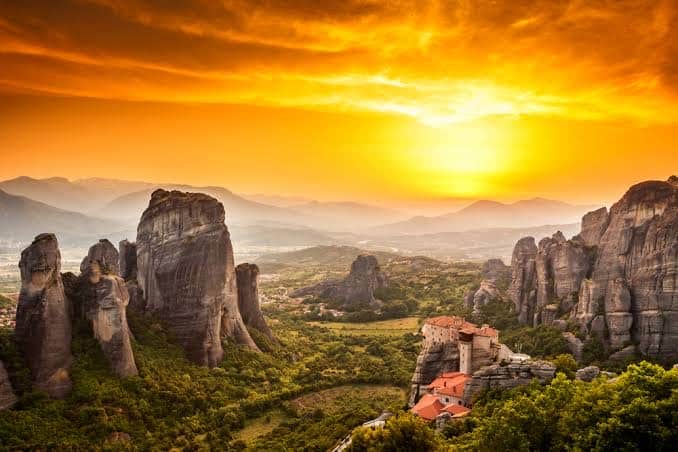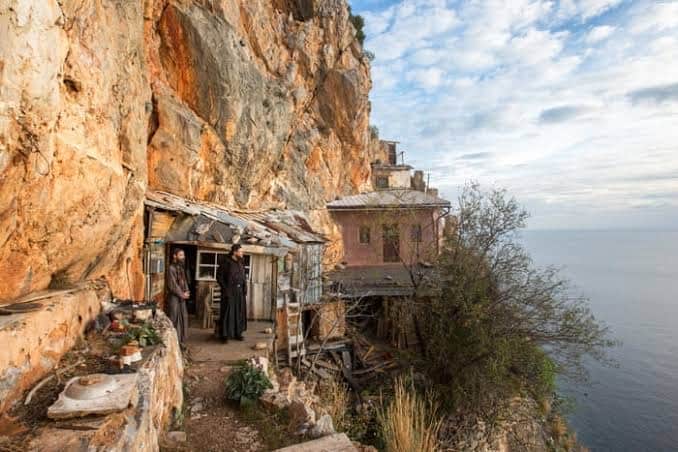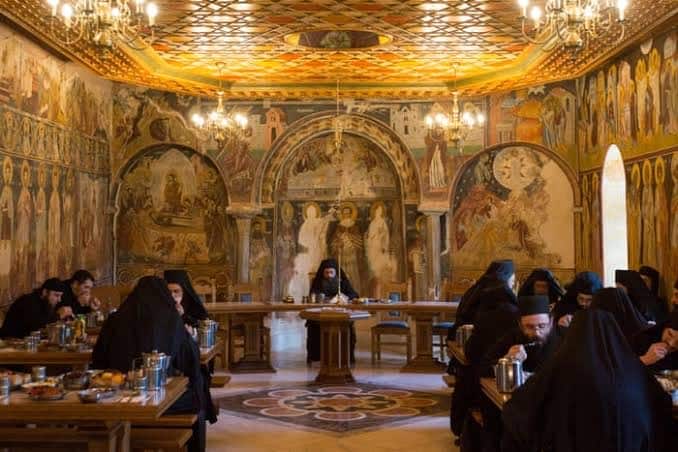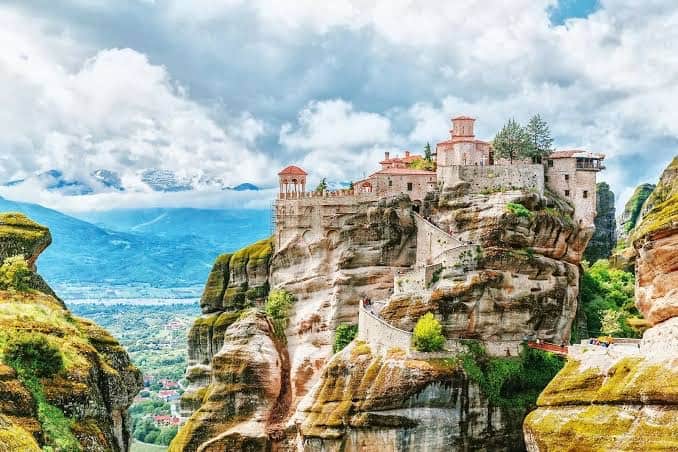The Region of Thessaly in Northern Greece has announced an awe-inspiring tourism project entitled ‘Routes of Faith', an initiative which aims to connect two landmark sites of Orthodox Christianity, the Meteora and Mount Athos.
The plan to connect the two Holy sites was announced by Constantinos Agorastos, the Governor of Thessaly, at the ‘Religious tourism: Encouraging inclusive growth in the era of pandemics’ Economist Conference held in Chania last week. The blessed initiative is to be achieved in collaboration with the Holy Metropolils of Stagoi and Meteora - a metropolis under the jurisdiction of the Church of Greece that is located in Thessaly in Greece and includes the monasteries of Meteora.


Two of Greece’s most significant religious destinations, the Meteora and Mount Athos are also listed as UNESCO World Heritage Sites. Meteora, is home to one of Greece’s largest monastic communities whilst Mount Athos, often known as the ‘Holy Mountain’ has been an Orthodox spiritual centre since 1054. Presently inhabited by an estimated 1,400 monks with access remaining forbidden to women and children (even female animals are banned), the influence of architecture of the monasteries spans as far abroad as Russia whilst its school of painting shaped the history of Orthodox art.
Popular Thessaly destinations such as Karditsa, Plastira Lake, Pelion, Sporades, Larissa, Elassona and Mt Olympus are also home to numerous Orthodox monuments, churches and monasteries that every year attract thousands of tourist due to their religious, historic and cultural significance.
“Greece needs to invest in the development of religious tourism and one of the most important goals is the connection of these two landmark sites of Orthodox Christianity, the Meteora and Mount Athos,” Agorastos said, speaking at the event.
The project will firstly document all of the religious monuments and relics that exist in the area, dividing them into regions, each of which will become a hiking destination that travelers can journey between over a two or three day hike.
As part of the project, the region of Thessaly will also be investing over €20 million which will go toward the maintenance of more than 100 religious monuments as well as to financing the publication of books that aim to preserve the knowledge about Thessaly’s rich and irreplaceable religious heritage.
Orthodox monuments are harmoniously integrated in untouched nature and are part of Greece’s cultural heritage. Since antiquity, people have journeyed to religious sites throughout the to express their religious sentiments, strengthen their faith and connection to God.
Indeed, religious travel is continuing to grow at a rapid rate, with visitors to some of the world’s most significant pilgrimage sites exceeding 300 million on an annual basis – equating to one fourth of tourism arrivals internationally – prior to the pandemic.
At last week’s Economist event Deputy Tourism Minister Sofia Zacharaki highlighted this data, emphasising the need to support religious tourism in Greece by improving and upgrading infrastructure and signage, preserving religious monuments and facilitating access for people with mobility issues.
“We see [infrastructure] weaknesses in most religious sites: Access is difficult with roads in poor condition… We are trying to improve infrastructure in order to ensure access for more people,” said Zacharaki, adding that religious tourism should coincide with other initiatives including eco-tourism, hiking and gastronomy.

Read also Antikythera Mechanism: Computer built in ancient Greece leaves scientists stunned


